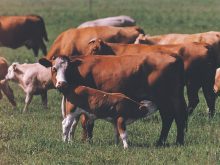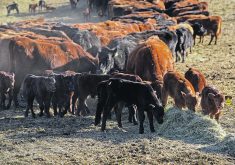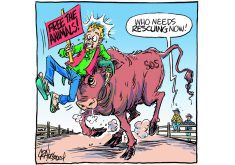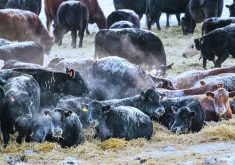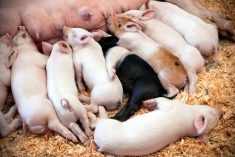What is the best time for castration? What technique should be used? Does castration alter growth rates?
Castration has long been shown to improve the taste and texture of beef. Bulls usually have tougher muscle with an unpleasant odour.
Reducing male hormones through castration also reduces aggression between bull calves, which leads to less wear and tear on facilities and less muscle damage that can devalue carcasses.
Castrating calves later in life has recently been under scrutiny because of animal welfare issues. U.S. Department of Agriculture researchers in West Lafayette, Indiana, compared the stress associated with castration at birth to castration at weaning. To measure the amount of stress, they monitored haptaglobin, a protein made by the liver in response to injury.
Read Also
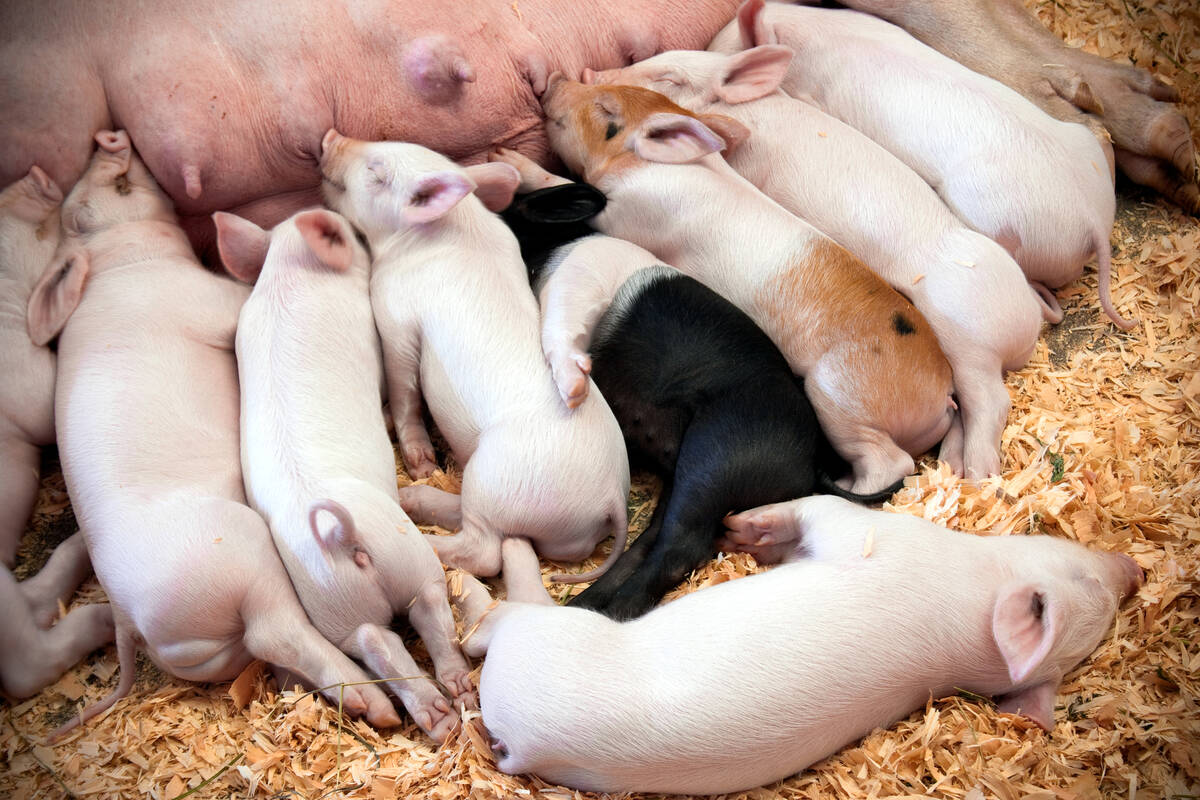
First-time pig mothers may need more lysine
Lysine feed recommendations may fall short for gilt pregnancies when it comes to making sure the mother pig can produce as much milk for her piglets as possible
Calves castrated at birth had a lower level of haptaglobin than those castrated at weaning, which means castration performed later in life causes greater discomfort to the calf. To minimize stress, calves should be castrated early in life.
The type of castration technique used also affects stress levels. Researchers found that banding produced less of a haptaglobin rise than surgical castration.
Ontario researchers found similar results, discovering that calves suffered greater discomfort when either castration or dehorning was delayed to around weaning time. The horns were bigger and the testicles were more developed in the older calves, which meant that the surgery was more time consuming and there were more complications.
Researchers also discovered that up to 20 percent of steers turning up at feedlots were stags. They were all castrated with rings, suggesting some cow-calf producers were sloppy in the application of castration bands.
There are differences in an individual producer’s ability to properly apply castration rings. However, even when great care was taken, 10 percent of the calves castrated during the first week of life with a Burdizzo were later found to have residual testicular tissue, causing them to become “staggy” at slaughter time. The researchers had good success with the Burdizzo when used in older bulls that weighed 400 to 600 pounds.
The castration method depends on the producer’s preference and experience. Surgical castration is consistently reliable, but rings can be used if the producer is proficient in their use.
The other research focus was growth rate. The Ontario calves castrated in the first week of life gained 0.06 lb. per day less than calves left intact until July, or 86 days old. This suggests that calves castrated at three months of age would be up to 12 lb. heavier at weaning than those castrated at a week old. However, the loss of gain in early castrated calves can be reversed by using a growth implant.
The study also looked at dehorning and the results were opposite to those with castration. Dehorning calves at three months of age was more stressful than dehorning young calves. Calves dehorned later had lower gains of 0.05 lb. per day. For optimal gains, castrating later and dehorning earlier would be the best, but not practical.
Another study looked at bull calves arriving at the feedlot and needing castration. In a 106 bull study, calves were either castrated when they arrived at the feedlot or castrated after a three week delay. Interestingly, weight gain and feed efficiency were not statistically affected, but there was a difference in the health of the steers.
Calves castrated on the first day suffered from more illness, deaths and chronic illness. Delaying castration boosted profitability by $40 US per head.


